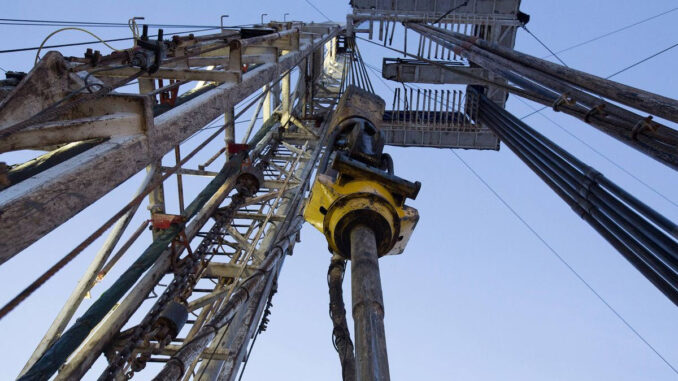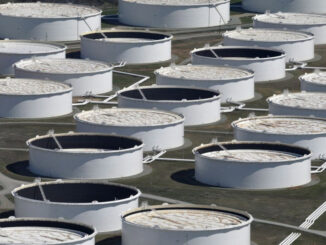
After the number of drilled but uncompleted wells demonstrated a dramatic drop across multiple US basins in the past year, heightened drilling activity and stable commodity prices are starting to reveal a recovery of young DUCs.
Drilling and completions activity continued its strong recovery trajectory during the first quarter of 2021 as higher rig and frac crew counts led to higher US production, according to S&P Global Platts Analytics. In general, completions outpaced drilling which led to a higher utilization of the US DUC inventory.
However, the number of young DUCs have started to rebuild with additional rig activity in the most profitable US oil and gas shale plays. A young DUC is a well that has been drilled within the last 90 days and is waiting on a frac crew to arrive onsite with the necessary material to bring the well into production.
During the downturn, operators relied heavily on adult DUCs, or deferred wells, to stabilize production while rigs slowly march back toward pre-pandemic levels. Platts Analytics defines adult DUCs as well awaiting completion which is between 91 days and two years old.
The Permian, for instance, saw a net DUC loss on the quarter, which has not happened since 2016 as operators in this basin are usually known for out drilling their completion crews. However, the number of young DUCs in the Permian have increased substantially since reaching since hitting a near all-time low of 675 in Oct. 2020. As of April 2021, young DUCs have increased to 1076, according to Platts Analytics data.
Young DUCs have also rebounded in the Eagle Ford shale in South Texas, growing from 125 in Oct. 2020 to 259 in April 2021. The Eagle Ford and Permian both boast internal rates of return above 30%. Platts Analytics IRRs are based on a half-cycle, after-federal corporate tax analysis, which excludes sunk costs such as acreage acquisition, seismic and appraisal drilling.
Platts Analytics sees both rigs and frac crews heading higher for the remainder of 2021, as WTI prices of $55/b to $65/b will allow operators to produce in a profitable cash flow environment. The 12-month forward curve for natural gas ranges from $2.03 to $2.83/Mcf.
Oil basins continue to bring in strong wellhead IRRs as the Permian, Bakken and Eagle Ford are seeing plus-30% returns, forcing producers to make a difficult decision of whether to ramp up drilling and completion activity to capitalize on current oil prices, or to continue their financial discipline strategy and grow at a slower pace with improved cash flow results.
It appears producers are choosing to move at a slower pace with respect to drilling activity, as rigs in plays like the Eagle Ford, Bakken, DJ and SCOOP/STACK have seen rigs return much more slowly.
Among gas shales plays the Haynesville continues to see strong drilling and completion interest along with increased production. The US Northeast, however, remains relatively flat. Rigs in the Utica had only reached 14 as of April 21, while the Marcellus was at 35. The drilling data follows Platts Analytics’ view of the Northeast continuing to mostly follow a maintenance schedule, as prices aren’t high enough to incentivize operators to ramp up production with the forward strip well below $3/MMBtu currently.



